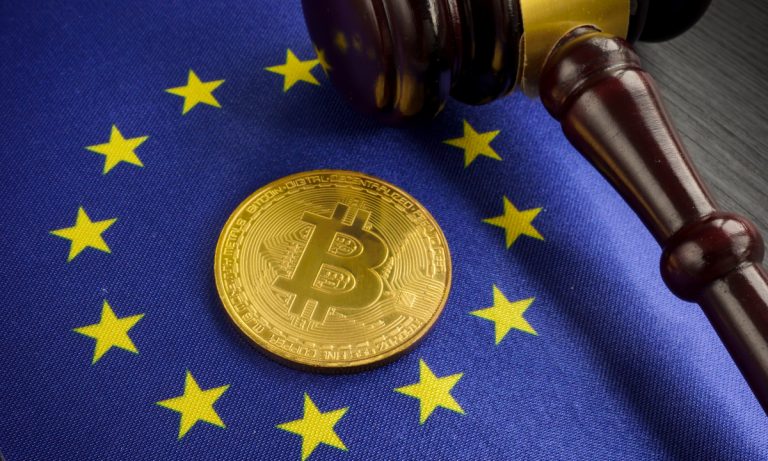
The European Banking Authority (EBA) has recently issued a strong statement regarding stablecoin issuers and their need to promptly adhere to the upcoming European Union (EU) crypto regulations. These regulations are set to take effect in one year’s time, and the EBA emphasizes the urgency for stablecoin issuers to ensure compliance with the new rules. Failure to comply could result in significant penalties and potential disruption to the stablecoin market.
Understanding Stablecoins and Their Role in the Crypto Market
Before delving into the EBA’s stance, it is crucial to understand what stablecoins are and their significance in the crypto market. Stablecoins are a type of cryptocurrency designed to maintain a stable value by pegging their worth to an external asset, such as a fiat currency or a commodity. This stability makes stablecoins an attractive medium for conducting transactions and storing value, bridging the gap between traditional finance and the digital asset space.

The Need for Regulatory Oversight
Given the rapid growth and adoption of stablecoins, regulatory oversight becomes imperative to ensure market integrity, consumer protection, and financial stability. The EBA recognizes the potential risks associated with stablecoins, including money laundering, terrorism financing, and operational resilience. As a result, they have taken proactive measures to safeguard the European financial system and its participants.
The New EU Crypto Regulations
The upcoming EU crypto regulations aim to establish a comprehensive framework for the operation and oversight of digital assets, including stablecoins. These regulations will bring stablecoin issuers under the purview of EU financial laws, ensuring they adhere to the same standards as traditional financial institutions. The regulations encompass areas such as capital requirements, risk management, governance, and customer protection.
The Urgency for Stablecoin Issuers
The EBA’s call for stablecoin issuers to take urgent steps towards compliance reflects the need for timely preparations. Stablecoin issuers must thoroughly analyze the new EU crypto regulations and assess their current operations against the upcoming requirements. This process will likely involve implementing robust risk management frameworks, enhancing transparency, and strengthening internal controls.
Penalties for Non-Compliance
The consequences of non-compliance with the new EU crypto regulations could be severe for stablecoin issuers. The EBA has the authority to impose substantial fines, revoke licenses, or even suspend operations in the case of persistent non-compliance. Such penalties could lead to reputational damage and financial losses for stablecoin issuers, disrupting their operations and potentially causing instability in the wider crypto market.
Collaborative Efforts and Industry Cooperation
To facilitate a smooth transition to the new regulatory landscape, the EBA encourages stablecoin issuers to collaborate with regulatory authorities and engage in open dialogue. By actively participating in discussions and sharing expertise, stablecoin issuers can contribute to the development of effective regulatory frameworks that balance innovation and investor protection.
Furthermore, industry cooperation plays a crucial role in addressing potential challenges associated with compliance. Stablecoin issuers should consider sharing best practices and knowledge, as well as leveraging existing industry associations to streamline compliance processes and ensure consistent implementation across the sector.
The Future of Stablecoins in the EU
As stablecoin issuers adapt to the new EU crypto regulations, the landscape of the digital asset market is likely to evolve. Stricter oversight and increased transparency are expected to enhance investor confidence and foster the long-term growth of stablecoins within the EU. These regulatory measures will also contribute to the broader integration of digital assets into the traditional financial system, paving the way for further innovation and adoption.
Conclusion
The European Banking Authority’s call for stablecoin issuers to urgently comply with the new EU crypto regulations underscores the importance of regulatory oversight in the rapidly expanding digital asset space. By implementing comprehensive frameworks and working closely with regulators, stablecoin issuers can ensure compliance, protect investors, and contribute to the growth and stability of the European crypto market. The upcoming year will be crucial for stablecoin issuers to adapt their operations and align with the new regulatory requirements, ultimately fostering a more secure and transparent environment for digital assets in the EU.